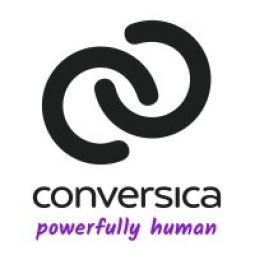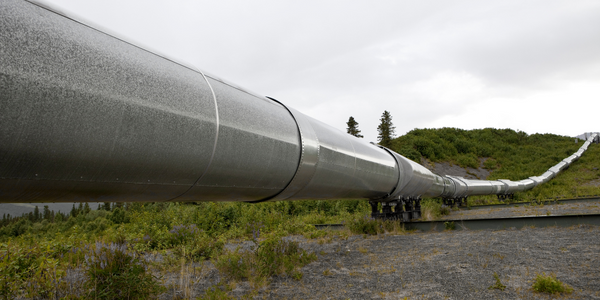Technology Category
- Infrastructure as a Service (IaaS) - Virtual Private Cloud
- Wearables - Virtual Reality Glasses, Headsets & Controllers
Applicable Industries
- Education
- Oil & Gas
Applicable Functions
- Sales & Marketing
Use Cases
- Leasing Finance Automation
- Material Handling Automation
Services
- System Integration
About The Customer
ScaleArc is an enterprise software provider that is pioneering an emerging software category, database load balancing software. This software dramatically improves uptime and performance of apps hitting a database. To reach a broad set of constituents, the company leverages a comprehensive range of outbound marketing programs, including events, PR, content syndication, and e-mail nurture and partner campaigns. The company has created significant interest and market traction, and these programs generate a large number of contacts and inbound leads every month. These marketing-generated leads typically need multiple “touches” to drive further awareness of ScaleArc and to become better educated on the context of and need for the company’s solution.
The Challenge
ScaleArc, an enterprise software provider, was facing a dual challenge of building brand recognition while pioneering a new software category, database load balancing software. The company was leveraging a comprehensive range of outbound marketing programs, including events, PR, content syndication, and e-mail nurture and partner campaigns. These programs generated a large number of contacts and inbound leads every month. However, these marketing-generated leads typically required multiple “touches” to drive further awareness of ScaleArc and to become better educated on the context of and need for the company’s solution. Given the need to drive education and awareness to build the sales funnel, ScaleArc wanted to augment the outreach beyond what their Business Development Reps (BDRs) could personally provide.
The Solution
ScaleArc’s Director of Demand Generation recommended Conversica’s AI-driven sales assistant technology as a way to scale the volume of leads the company could nurture. ScaleArc then reviewed the Conversica solution and developed a plan to integrate it with their Marketo marketing automation platform and Salesforce Customer Relationship Management (CRM) system. ScaleArc mapped how the Conversica solution would integrate with their marketing processes and workflow. The company leverages scoring to “rate” its leads, and the marketing team defined the scoring threshold at which leads would be contacted by their virtual sales assistant persona, Jessica. Their implementation process, which took approximately one month, also included rigorous “data hygiene” that ensured that leads had the correct status and lead owner to be fed into the Conversica system appropriately.
Operational Impact
Quantitative Benefit

Case Study missing?
Start adding your own!
Register with your work email and create a new case study profile for your business.
Related Case Studies.

Case Study
Taking Oil and Gas Exploration to the Next Level
DownUnder GeoSolutions (DUG) wanted to increase computing performance by 5 to 10 times to improve seismic processing. The solution must build on current architecture software investments without sacrificing existing software and scale computing without scaling IT infrastructure costs.

Case Study
Remote Wellhead Monitoring
Each wellhead was equipped with various sensors and meters that needed to be monitored and controlled from a central HMI, often miles away from the assets in the field. Redundant solar and wind generators were installed at each wellhead to support the electrical needs of the pumpstations, temperature meters, cameras, and cellular modules. In addition to asset management and remote control capabilities, data logging for remote surveillance and alarm notifications was a key demand from the customer. Terra Ferma’s solution needed to be power efficient, reliable, and capable of supporting high-bandwidth data-feeds. They needed a multi-link cellular connection to a central server that sustained reliable and redundant monitoring and control of flow meters, temperature sensors, power supply, and event-logging; including video and image files. This open-standard network needed to interface with the existing SCADA and proprietary network management software.

Case Study
Refinery Saves Over $700,000 with Smart Wireless
One of the largest petroleum refineries in the world is equipped to refine various types of crude oil and manufacture various grades of fuel from motor gasoline to Aviation Turbine Fuel. Due to wear and tear, eight hydrogen valves in each refinery were leaking, and each cost $1800 per ton of hydrogen vented. The plant also had leakage on nearly 30 flare control hydrocarbon valves. The refinery wanted a continuous, online monitoring system that could catch leaks early, minimize hydrogen and hydrocarbon production losses, and improve safety for maintenance.










